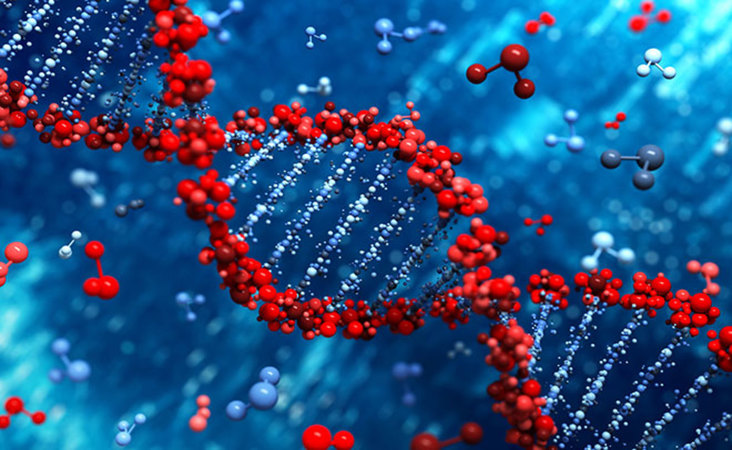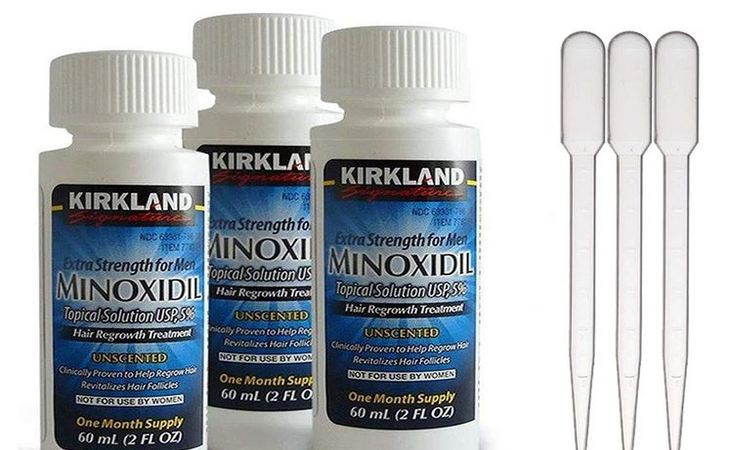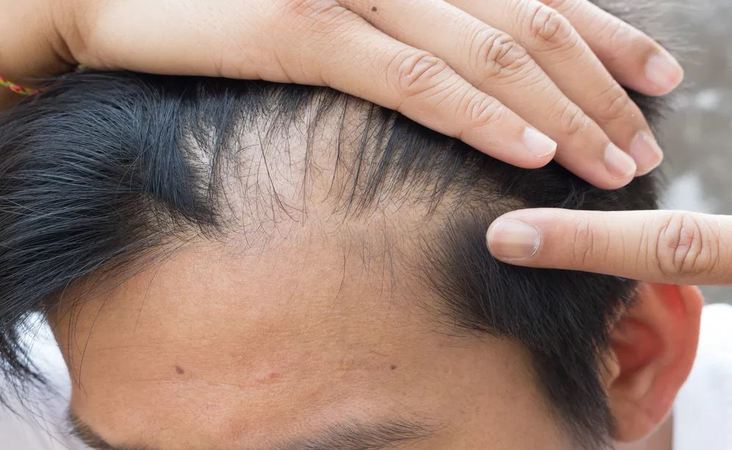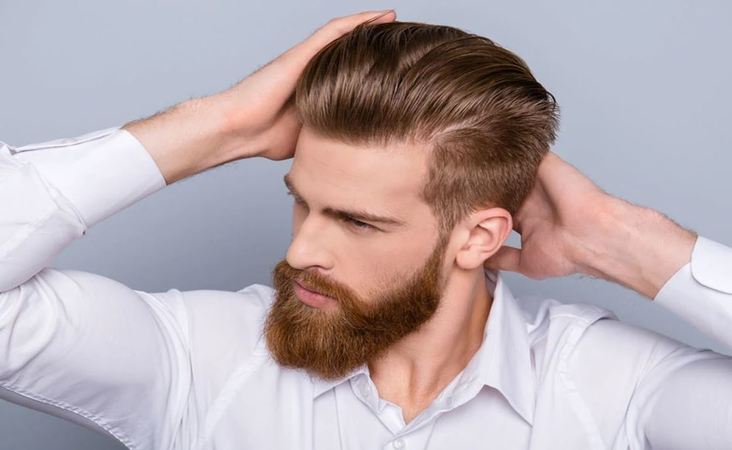Hair Follicular Miniaturization: Meaning, Causes, and Recovery
- Written by Lordhair Team
- Mar 5, 2021
- |
- 11 min read
 Listen to the full text
Listen to the full textDo you feel your hair is getting thinner and thinner? Are you finding clumps of hair in the shower drain? You are not alone. Millions across the globe experience slow thinning of hair. The medical name of this condition is hair follicular miniaturization.
A lot of men and women do not know about hair follicular miniaturization and hence are ill-prepared to take the right recovery measures on time. In this blog, Lordhair will talk about its meaning, causes, symptoms, treatments, and other important aspects so that no one has to fight a lone battle.
Let’s understand its meaning first!
What’s hair follicular miniaturization?
Hair follicular miniaturization is basically a natural phenomenon through which hair goes before falling out. Also called hair thinning or balding, it causes the hair follicle to squeeze, making it difficult for hair strands to grow. To be more precise, hair follicles that used to produce healthy hair now generate thin strands with a weak shaft that could easily fall out.
Hair follicular miniaturization affects men more than women. Those undergoing this hair phenomenon will face a disruption in their hair growth cycle. If not taken care of, hair follicular miniaturization can cause permanent hair loss and damage.
Hair follicular miniaturization signs
Men and women suffering from hair follicular miniaturization will notice at least some of the below signs:
- Hair widening: One of the most common symptoms of hair follicular miniaturization is widening. An individual would start losing his strands from the central part (down the middle) of the scalp. The spacing between hair gradually increases.
There will be a lot of variation in the diameter of the hair. For some, it will be thick and long while for others, it will be fine and short.
- Excessive shedding: As we said earlier, this condition causes hair follicular to squeeze. Normally, we lose around 50 to 100 strands a day. If you are noticing many more broken strands while combing your hair or taking a bath, hair follicular miniaturization could be the culprit.
- Receding hairline: In this sign of hair follicular miniaturization, men notice receding of hair from the hairline. Women on the other hand will notice hair loss at the front and around temples. That’s because their follicles stop producing new hair.
Causes of hair follicular miniaturization
Hair miniaturization can be triggered by the following causes:
#1 Dihydrotestosterone
Dihydrotestosterone is one of the major causes of follicle miniaturization among men. It is basically an androgen, a naturally occurring male sex hormone that contributes to the development of male sex characteristics such as body hair. But it can also cause hair follicles to shrink.
DHT disrupts the hair growth cycle by causing strands to proliferate at a slower rate, either by decreasing the growth phase or increasing the resting phase. Over the passing time, it continues to adversely affect the hair follicles. Strands become thinner, more brittle, and often lose their color with each subsequent life cycle.
At some point, hair follicles shut down and no longer produce hair. This is the time you will need a toupee for men or a hair wig for women.

#2 Genetics
Your genetics also play a crucial role in causing hair follicular miniaturization. Dermatologists refer to this hair loss condition as androgenetic alopecia. It works differently for both men and women. Males lose their hair at the hairline, temple, and crown.
As the hair loss advances, the receding hairline joins the bald patch at the crown, leaving hair at back and sides of their head. Women, on the other hand, face more of a diffuse pattern of hair loss. While some may undergo overall thinning, others will notice patchy hair loss, particularly near temples.
#3 Telogen effluvium
Another popular cause of hair follicular miniaturization among men and women, telogen effluvium is characterized by hair thinning or excessive hair shedding. It affects women more than men and is triggered by a disturbance in the hair cycle. It occurs because of a shortened anagen phase. An individual suffering from telogen effluvium will lose most of his or her hair within 6 months. That said, there are quite a few chances of permanent follicle shutdown in this hair loss condition.
According to dermatologists, telogen effluvium can happen due to the following reasons:
- Anesthetic exposure
- Stress
- Hormonal imbalance
- Pregnancy
- Menopause
- Thyroid conditions
Everything about telogen effluvium hair loss. Treatments also included!
#4 Nutritional deficiency
Your food plays a crucial role in maintaining hair health. Lack of vitamins and minerals causes nutritional deficiency, which in turn triggers hair follicular miniaturization. Vitamin D, iron, zinc, and selenium are some essential nutrients that are responsible for healthy hair growth.
Inadequate delivery of these nutrients to the scalp weakens your hair, interrupts the hair growth cycle, and, eventually, leads to follicular miniaturization. People with a nutritional deficiency may lose more than just hair on their heads. They might lose hair from eyebrows, lashes, beard, and other parts of the body.
Treatments of hair follicular miniaturization
Is hair follicular miniaturization reversible? Is there a treatment for this medical condition? If such questions have been haunting you, then, you will be glad to hear that hair follicular miniaturization can be reversed if treated on time.
There are several treatments to save hair follicles from this condition. The following are the most popular ones:
#1 Minoxidil
People have been using minoxidil to treat hair follicular miniaturization for many years now. Also called Rogaine, it will help you slow down or even reverse your miniaturization condition in the early phase of hair loss. For some, it might even help increase the volume of hair and regain thickness.
Rogaine slows follicular miniaturization by stopping the conversion of testosterone into DHT. It seeps below the skin to reach the follicle bed and improves blood circulation, reduces DHT levels, and kills bacteria that may damage hair.
However, we suggest taking a prescription from a dermatologist as overusing it can cause side effects. Here are known side effects of Minoxidil:
- Inflammation
- Eczema
- Abnormal hair growth on the body
- Allergic contact dermatitis
- Application site redness
- Worsening of hair loss
- Scalp itchiness
- Respiratory infections

#2 Finasteride
As another effective medication to deal with hair follicular miniaturization, Finasteride is used to treat hair thinning at the crown and middle of the scalp. Just like minoxidil, it helps in decreasing the amount of dihydrotestosterone in our body.
Finasteride can be consumed in the form of tablets with or without food, usually once a day. Men who have allergies should avoid using this medication. Women who are pregnant or are about to become pregnant should not consume Finasteride as it has its share of side effects.
#3 Hair replacement systems
Unlike Minoxidil and finasteride, hair replacement systems have no side effects. And this is the reason why people love using them. Hair systems are majorly recommended to people who have reached an advanced stage of hair loss due to follicular miniaturization (or any other medical condition) and there is no chance of medicinal recovery.
Also known as a hairpiece, wig, toupee, and topper nowadays, a hair system is designed with 100% natural human hair woven into a skin-friendly base that covers the bald patches and provides a full head of hair. Hair replacement systems are lightweight, breathable, comfortable and relatively cheap in comparison to other hair regain treatments.
Check out this hair transformation to witness how hair systems can change your overall look:
#4 Scalp massage
Massaging your scalp using natural remedies such as Rosemary oil can also help you check hair follicular miniaturization to some extent. As a culinary and healing herb that stimulates hair growth, it can also help men and women in preventing premature graying.
Give yourself a scalp massage using your fingertips or use a scalp massaging tool. This will help in stimulating the blood flow and open the closed hair follicles. In other words, it will prolong the growth cycle of hair!
#5 Micro needling therapy
Micro needling therapy is a promising new way of hair stimulation for both males and females. This involves a procedure in which fine needles are rolled over the scalp to puncture the stratum corneum (outer layer of skin). It helps to induce stem cells in hair follicles that lead to hair growth.
Micro needling therapy also boosts the absorption of products such as minoxidil and finasteride that are used to treat hair follicular miniaturization. However, there is a high risk of getting scars from needles. Also, the chances of below side effects are huge:
- Bruising
- Seeping out from the wounds
- Redness
- Swelling
- Pain
Speak to a healthcare specialist before undergoing this hair follicular miniaturization treatment!
Recover from hair loss
Hair follicular miniaturization can impose a huge impact on causing specific types of hair loss among men and women. The aforementioned treatments and remedies have helped millions deal with hair follicular miniaturization, and you could benefit from them as well.
In case surgery or medical treatments are not something you are very fond of, we recommend you to go ahead with natural remedies or get a hair system for quick recovery. Our hair systems will provide you the feel and look of real hair without any side effects! Browse our catalog to discover amazing hair replacement products.
Got any queries to ask? Send them to support@lordhair.com and have them answered by our hair experts!




